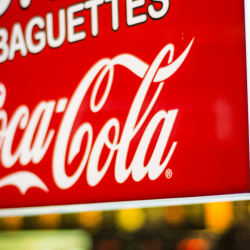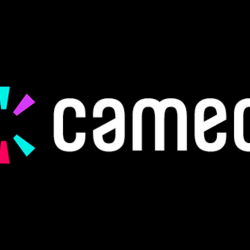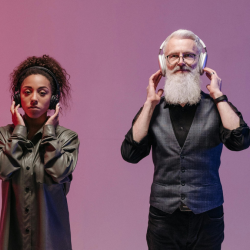In the past the most loved brands were, depending on which side of the Atlantic you lived, brands like Coke, Kellogg’s, Cadbury’s or Hershey, McVities or Oreo, Dove, Persil/Omo. But nowadays the most loved brands are the likes of Amazon, Netflix, Apple, Google, YouTube and Peloton.
For me this represents much more than a shift to a newer generation of brands.
These brands are different as they are predominantly tech, content or platform brands, not the more classic well-established consumer goods.
Interestingly despite the noise around brand purpose many of these newer brands don’t truly have a ‘higher order’ mission. This just goes to show that often research is showing that consumers are saying they want to pay for brands with values they share, may in fact be more about what they say rather than what they truly feel and do.
However, following numerous conversations with people about those brands that I find most interesting is the way they talk about these newer, most loved brands.
It makes me wonder whether the nature of consumers’ love — of brands — has changed?
Has the nature of consumer love for brands changed?
In the past it was perhaps a more-deep rooted, emotionally-led type of love, with many brands that had long and illustrious pasts. It was about affinity and affection that translated into a connection going beyond the rational, with much based on personality (and a history of TV advertising).
Its pinnacle was Lovemarks, the notion adopted by Saatchi & Saatchi, and which claimed that the best brands should aspire to move beyond being a mere brand and become a ‘Lovemark’.
“Lovemarks are the future beyond brands because they inspire Loyalty Beyond Reason … “ They deliver beyond your expectations of great performance. They reach your heart as well as your mind, creating an intimate, emotional connection that you just can’t live without.
Take a brand away and people will find a replacement. Take a Lovemark away and people will protest its absence. Lovemarks are a relationship, not a mere transaction. You don’t just buy Lovemarks, you embrace them passionately. That’s why you never want to let go. They are about Mystery, Sensuality and Intimacy.”
What I believe my conversations and a variety of recent research shows, is that actually the most loved brands are loved not beyond reason, but for good reason. The nature of that brand love seems to have changed. It is more functionally based; it’s about experience — whether that’s speed, ease of use or seamless access (to content and/or purchase).
People love Google because it’s useful, Uber because it’s quick and cheap, and Amazon because it has everything, it’s so convenient and delivers — in more than one sense. All of which is reflected in its ‘lower’ order, predominantly functionally-led positioning and mission statement:
“Our mission is to continually raise the bar of the customer experience by using the internet and technology to help consumers find, discover and buy anything, and empower businesses and content creators to maximise their success”
KitchenAid, one of the older brands that’s number 3 in Prophet’s Brand Relevance Index 2021, is there not because it is a Lovemark, but because it delivered highest scores for “lives up to its promises”, and by pushing the boundaries of “utility and style.”
There are some exceptions, notably Apple, which is often loved beyond reason, but they are exception not the rule.
In general, there appears to be a return to functionality, something that sometimes took a back seat in the era when USP meant Unique Selling Persona.
Recent research by PwC and others has shown that a good customer experience is what people really value. It is not only a key deciding factor in choosing a brand, but it is product/service performance not brand image, that truly drives people’s perception of the value they get from said brand.
I remember being taught that good brands are ‘emo-func-y’ — a balance of emotional appeal (I want it – maybe beyond reason) and functional (I need it — it delivers what I need, when and how I need it).
For much of the last 50 years the balance of power shifted to ‘emo’ as hyper-competition. The growth of retailers’ own brands and the ability to quickly ‘me too’ any new innovation meant that product differentiation was increasingly difficult to achieve. So the marketing and advertising world looked to the emotional side to drive preference.

This new world order is that it’s a crazy kind of thing but consumer love is getting more func-y, and the basis for success is outstanding product or service delivery.
Featured image: KitchenAid
































